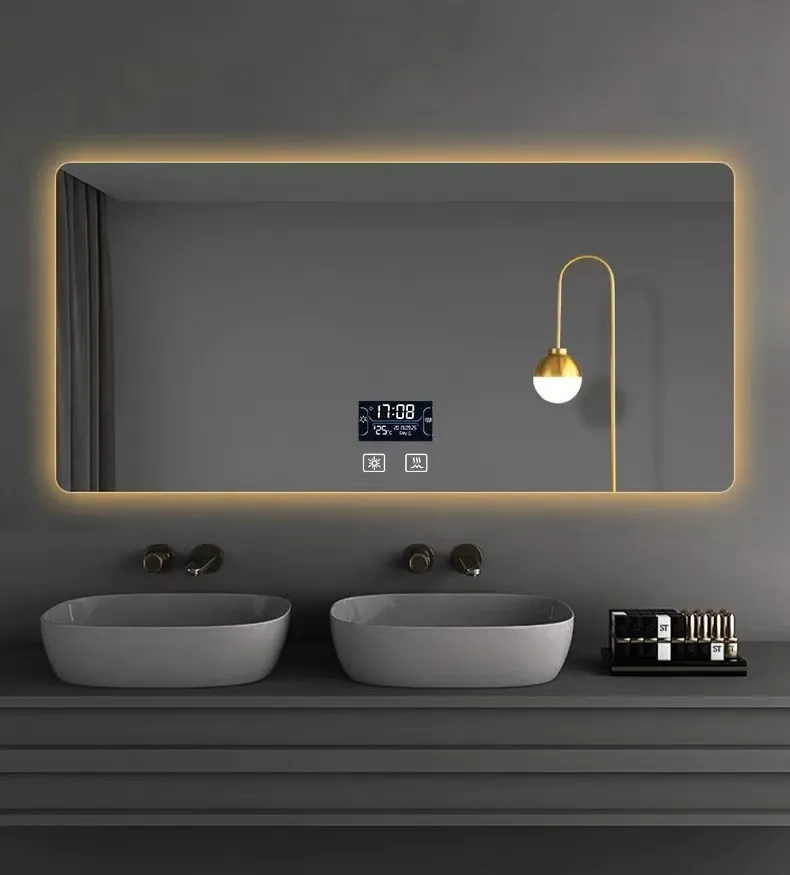

The Evolution and Significance of Dead Flat Float Glass
Dead flat float glass, a vital material in the construction and design industries, is renowned for its clarity, uniform thickness, and excellent optical properties. This specialized type of glass is produced using a process known as float glass technology, invented in the 1950s by Sir Alastair Pilkington. The “dead flat” characteristic refers to the glass’s extremely smooth and level surface, which is crucial in applications where precision and aesthetics are paramount.
The Float Glass Process
The float glass manufacturing process involves melting glass raw materials, such as silica sand, soda ash, and limestone, into a molten state. This molten glass is then poured onto a bed of molten tin, where it spreads out and forms a flat, even surface. The key aspect of this method is that the glass floats on top of the tin, allowing it to achieve a smooth, even thickness. Upon cooling, the glass is cut into sheets and can be further processed as needed.
The result is a product that exhibits remarkable uniformity and minimal optical distortion, making it ideal for a wide range of applications, from windows and mirrors to high-quality display panels.
The Importance of Dead Flat Characteristics
The term “dead flat” is particularly significant in various applications. When used in architectural designs, dead flat float glass provides a seamless visual and functional integration into buildings. It allows for expansive views, maximizes natural light, and creates an illusion of space. This attribute is especially valued in modern architecture, where large glass panels are often employed to blur the lines between indoor and outdoor environments.
In the world of manufacturing, the flatness of the glass is crucial for various technical applications, such as glazing, where even minor deviations can lead to functional issues or visual imperfections. In industries such as optical manufacturing and specialized display technologies, dead flat glass is essential to ensure that lenses and display surfaces maintain their integrity and performance.

Versatility and Applications
Dead flat float glass is not limited to architectural uses; it also finds applications in furniture design, where its sleek appearance adds a touch of elegance to tables, shelving, and other décor elements. Additionally, it is employed in various industrial applications, including solar panel production, where it serves as the protective layer for photovoltaic cells.
The glass is also a staple in the automotive industry. High-quality dead flat float glass is used for windshields and windows due to its clarity and durability. This ensures that drivers have an unobstructed view, enhancing safety on the road.
Moreover, innovative uses for dead flat float glass are continually emerging. For instance, the rise of smart glass technology—where glass can change its transparency or other properties—has created new opportunities for incorporating dead flat float glass into contemporary buildings and vehicles. This fusion of traditional glass properties with advanced technology is paving the way for more energy-efficient and visually appealing designs.
Environmental Considerations
As industries increasingly focus on sustainability, the production of dead flat float glass is also evolving. Modern manufacturing techniques strive to reduce energy use and lower emissions. Many companies are now employing recycled glass in their production processes, thus minimizing waste and reducing the ecological footprint. Innovations in glass recycling technologies facilitate the reuse of glass materials, making the production process more circular and sustainable.
Conclusion
Dead flat float glass has established itself as an essential material in various sectors, combining aesthetic appeal with functional excellence. Its unique properties allow for versatile applications, ranging from striking architectural features to critical industrial components. As technology advances and demand for sustainable practices increases, the evolution of dead flat float glass will likely continue, ensuring its relevance in a rapidly changing world. In summary, the significance of dead flat float glass lies not just in its technological enhancements but also in its profound impact on architecture, design, and sustainability in our environments.